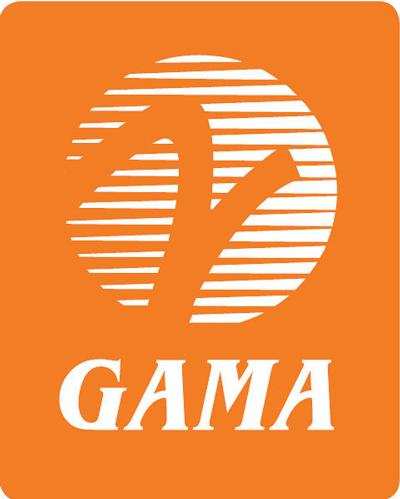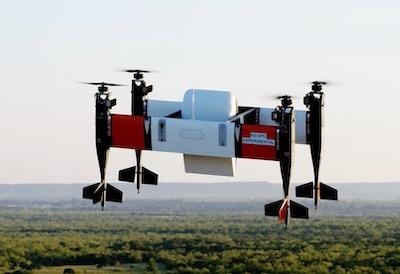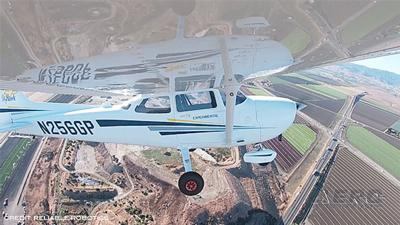Second NOA To Support The New Performance-Based Rules For Part 23
GAMA praised the FAA for its notice of availability (NOA) for Accepted Means of Compliance to part 23 general aviation airworthiness requirements.

These FAA accepted consensus standards will enable and encourage safety and innovation in general aviation airplanes and further developments in advanced air mobility (AAM) and electric vertical take-off and landing (eVTOL) aircraft.
“All throughout the part 23 rewrite, GAMA championed the priorities of the general aviation industry. We applaud the FAA’s work to accept the latest set of important means of compliance standards.” said Pete Bunce, GAMA President and CEO.
This is the second NOA to support the new performance-based rules for part 23 normal category airplanes (Amendment 64). There has been an extended period of time since the last Accepted Means of Compliance document was published, which was in May 2018.
“Going forward, the FAA needs to continue working to improve and standardize the acceptance process because it will support a regulatory environment which advances innovation and development of safety enhancing technologies. An effective process will also encourage other product improvements in general aviation airplanes and the development of AAM and eVTOL aircraft. As progress continues to be made, these standards will be used by GAMA and its member companies to guide the industry into the next exciting frontier. This effort is about being Future Ready for the opportunities that await this vital and vibrant industry,” said Bunce.
The latest NOA accepts 35 published ASTM International new and revised consensus standards as the basis for means of compliance to 65 part 23 regulatory requirements for certification. The acceptance addresses several topics including simplified loads criteria, fuel and energy storage and delivery, safety assessment of systems, as well as a new standard on methods of addressing high-intensity radiated fields (HIRF) and indirect effects of lightning. The FAA encourages applicants to leverage new standards on design and installation of electric propulsion systems, and for electrical systems, electric equipment and electric power distribution for hybrid and electric propulsion on projects.

The general aviation industry continues to benefit from the ongoing work to support all aspects of part 23 airplanes. Success has been found from icing requirements, low speed flight characteristics, adoption of newer microprocessor technology and improvements on interaction between systems and structures. These standards are developed by an ASTM International committee on general aviation aircraft, comprised of over 400 industry and authority experts from the U.S., Europe and around the world. This recognition of updated and new standards demonstrates how the collaborative relationships between authorities and industry enables equipage of safety enhancing and innovative technologies into general aviation in a timely manner.
Currently, industry experts are continuing to diligently work on standards to help improve efficiency and maintain safety for fixed-wing airplanes. Simultaneously, ASTM International is supporting general aviation with airworthiness standards for vertical take-off and landing (VTOL) aircraft, airspace and infrastructure, as well as addressing the spectrum of autonomy. Future revisions of ASTM Standard F3264-19, “Standard Specification for Normal Category Aeroplanes Certification,” will include market ready technologies aligned with industry progress. GAMA looks forward to continued and ongoing coordination with FAA and other authorities on the development and timely acceptance of consensus standards.



 ANN's Daily Aero-Linx (05.06.25)
ANN's Daily Aero-Linx (05.06.25) ANN's Daily Aero-Term (05.06.25): Ultrahigh Frequency (UHF)
ANN's Daily Aero-Term (05.06.25): Ultrahigh Frequency (UHF) ANN FAQ: Q&A 101
ANN FAQ: Q&A 101 Classic Aero-TV: Virtual Reality Painting--PPG Leverages Technology for Training
Classic Aero-TV: Virtual Reality Painting--PPG Leverages Technology for Training Airborne 05.02.25: Joby Crewed Milestone, Diamond Club, Canadian Pilot Insurance
Airborne 05.02.25: Joby Crewed Milestone, Diamond Club, Canadian Pilot Insurance







